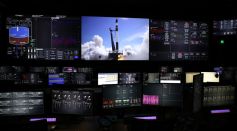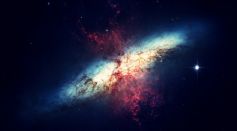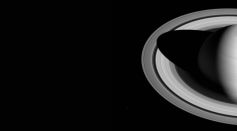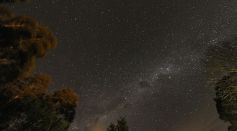SPACE

Jupiter's Mysterious Atmosphere Solved: How Did Solar System's Past Solve This Problem?

Rocket Lab Launches StriX Satellite From New Zealand in Stunning New Launch Pad [Watch]

Real-Life Tatooine of ‘Star Wars’ Discovered, Here’s How Astronomers Found the Planet With Two Suns

Extremely Fast Radio Burst Found in Surprising Location in Space; Astronomers Claim It's the Closest Source Ever

Russia's Chelyabinsk Meteorite Reveal Collisions Behind Moon Formation

Flower on Mars: Curiosity Rover Finds Lovely, Delicate Rock Formation on Red Planet [Look]

Elon Musk Says SpaceX Could Keep ISS Aloft Amid Russian Space Agency's Threats

Venus Secret Revealed: What Did Earth's Evil Twin Hide in Heat of Night?

Triple Conjunction February 2022: How to See Mercury, Moon, Saturn At Once Before This Month Ends

Roscosmos Space Agency Suspends Rocket Launches of Two Galileo Satellites, Excludes US from Venera-D Mission

Roscosmos Director Says US Sanctions Risks Partnership of Russia with ISS Program

Satellite Photos From Space Show Heartbreaking Russian Invasion of Ukraine [Look]

Planety Mystery Behind Saturn’s Bright Aurora Borealis Finally Resolved

Where Did Milky Way's Stars Come From? Researchers Investigate If They Formed Within, Outside, or Blended in the Galaxy
Most Popular

Universe Origin Revealed: Exploring the Latest Big Bang Science Theories and Discoveries

Big Bang Physics and Cosmology: Can Science Really Explain the Origins of the Universe?

What Causes Tornadoes and How They Form: Tornado Science Explained for Extreme Storms

Space Tourism Future: How Commercial Space Travel Will Transform Civilian Exploration





